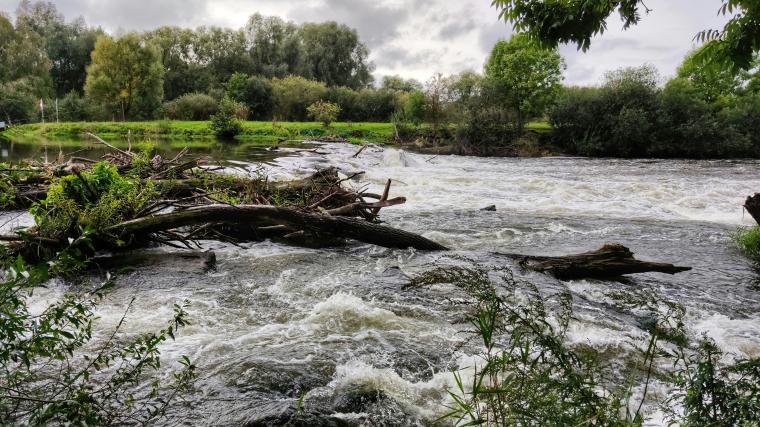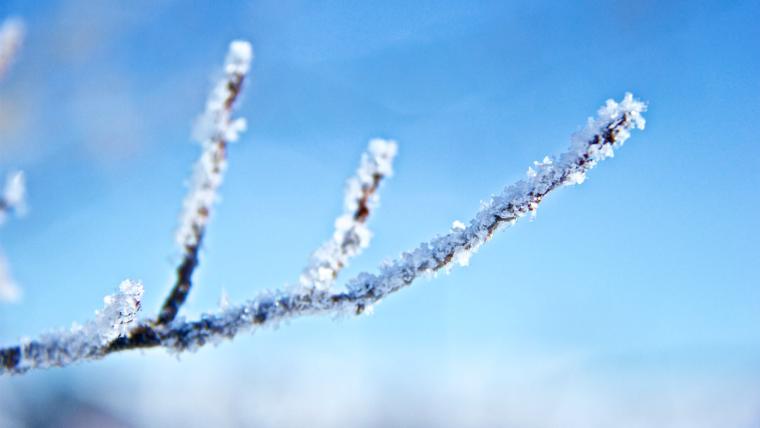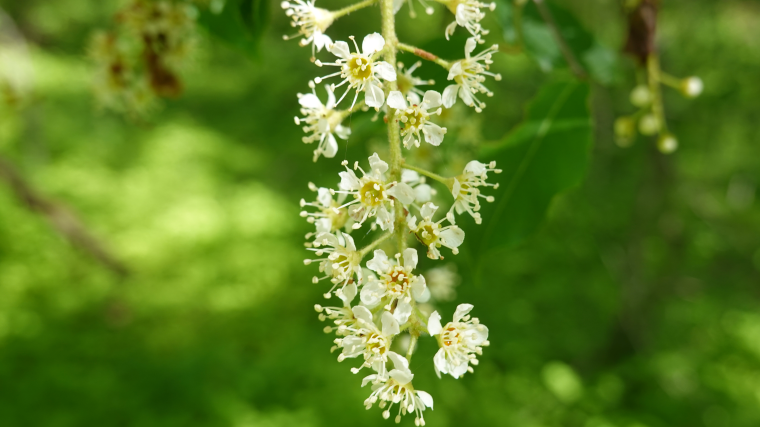Sections

Extreme weather events affect when plants flower and when insects are active
Wed, Jul 09, 2025
As the climate changes, there has been a significant increase in the frequency of extreme weather events like heat waves, droughts, and hurricanes. We know that increases in average temperatures affect the timing of plant and animal activities, but the effects of extreme weather events are largely unknown. To address this knowledge gap, researchers used millions of photos of plants, butterflies, and moths that were submitted to iNaturalist between 2016 and 2022 to evaluate the effects of extreme heat, cold, dry, or wet conditions on the timing of plant flowering and adult insect activity. The results showed that the onset and duration of plant and animal activities were impacted by extreme events and not just changes in average climate conditions. However, the effects of extreme weather were complex, often differing between plants and animals and varying regionally. Results from this study can help us predict how plant and insect populations will respond to extreme weather events, which are likely to occur more often with climate change.

Trees damaged by late season frosts can see negative impacts for years
Fri, May 09, 2025
Many trees in the Northern Hemisphere are leafing out earlier as the climate warms. But with leaves emerging earlier in the season, there is an increased risk of damage from a late spring frost. Researchers used experimental and observational data – including thousands of records from Nature’s Notebook – to evaluate the effects of late spring frosts on hundreds of tree species. The results indicated that late spring frosts have both short-term and long-term effects on tree growth and phenology. In the short-term, late spring frosts damage young leaves and limit tree growth that year. But more notably, late spring frost events also limit the amount of resources a tree can store that year, which results in delayed leaf emergence and reduced productivity the next calendar year. These results illustrate that the effects of extreme climate events on plant phenology and productivity may extend months, or years, into the future. The results may also help scientists generate more accurate predictions of how forests will respond to future climate change.

A more complete picture of the timing of spring
Thu, Mar 13, 2025
How early is spring this year and how does it compare to years past? We can answer this question using observations of plants and identifying the weather conditions that are needed for plants to leaf out and flower. For many years, the USA-NPN has shared maps, called the Spring Leaf Index and Spring Bloom Index, that show when weather conditions associated with events that signal the start of spring reached. However, an early start to spring does not necessarily mean that subsequent springtime events will also occur early. So, a team of researchers used thousands of observations submitted to Nature’s Notebook to identify conditions associated with events that occur later in the spring. And soon, maps for a Late Bloom Index, that depict the timing of activity in the latest-blooming plants will be added to the USA-NPN Status of Spring website. This new index, combined with the usual Spring Leaf and Spring Bloom Indices, will give us better understanding of how spring is progressing each year.